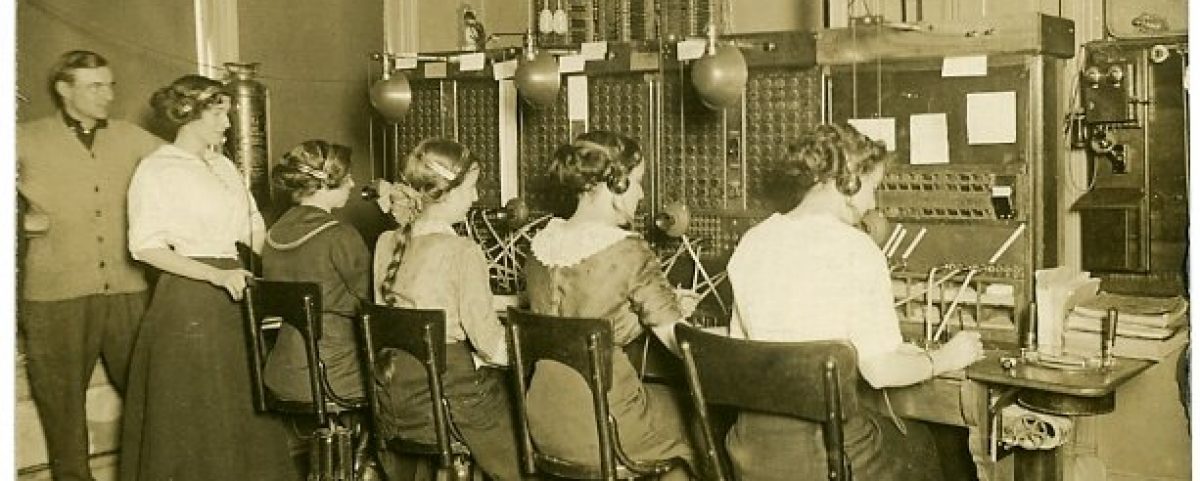Various things make up the shared historical memory of a community. These narratives take assorted forms, but the most jarring materialize when an unthinkable tragedy strikes. Whether a storm or accident, the catastrophes are seared deeply into the collective memory of residents. They shatter many lives and became part of history in the aftermath — the shared experience remembered and passed down through the generations.

These large-scale disasters, which often change a community forever, are part of understanding the story of a place, so people want the disruptive occurrence documented. Thus in my community studies and social history practice, I sometimes do fieldwork centered on researching, documenting, and memorializing them. Often, the process involves oral history interviews, as people reflect and discuss recollections; for others, it happened so long ago that firsthand recall has faded, so the process involves archival research as stakeholders establish a remembrance archive.
One project I worked on in 2013 was the Flight 214 Remembrance Archive, which marked fifty years since the accident. On December 8, 1963, at 8:59 p.m. A Pan American jet on final approach to Philadelphia exploded in flight. That night, all 81 people on the jet perished instantly while hundreds of first responders rushed to a cornfield at the edge of the Delaware State Line. One firefighter answering the alarm was Stewart W. Godwin. While searching the debris field, he suddenly collapsed and died. He was the first North East Fire Company member to die in the line of duty.
Those connected with this tragedy don’t forget it; this year, as we marked fifty-nine years since the accident, was no exception. Too, major broadcast networks often mark the disaster. And this year, on December 8, 2022, the Fox Network asked me to discuss the disaster’s impact and how a northeastern Maryland town recalls it.
More on Researching Disasters
Historical Research into a Railroad Disaster: Greenwood, Delaware
Young Railroader Edwin Road Killed in Greenwood Explosion
Interview With WBAL About Hurricane Agnes
Delmarva Pandemic of 1918 Archive
Remembering Three Mile Island in Maryland





